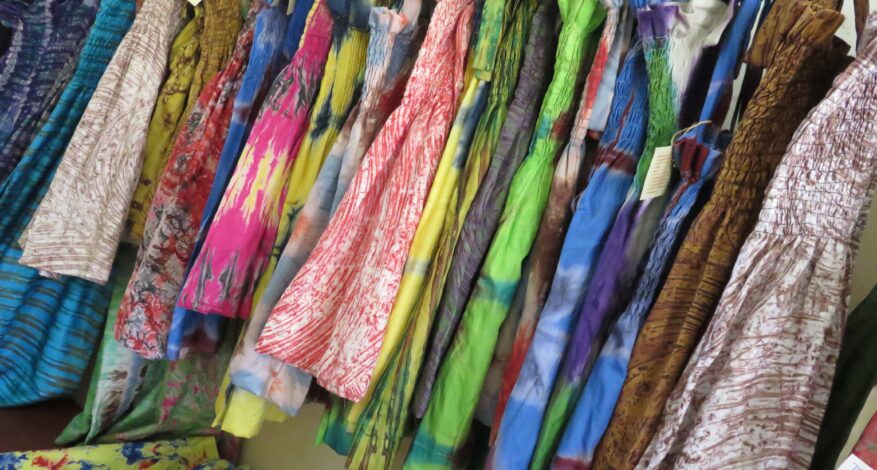HOW MUCH SUSTAINABLE IS YOUR WARDROBE?
Do you know how much water is used to make the pants you are wearing? The clothes that we buy and how we dress is not a simple choice. When we dress up, we are also wearing all the materials and the resources used to produce our clothes.
The challenge for making fashion more sustainable requires rethinking the whole system, and this call for action is not new. The Union of Concerned Researchers in Fashion has argued that the industry is still discussing the same ideas as were originally mooted in the late 1980s and early 1990s.
When taking the long view and examining fashion and sustainability progress since the 1990s, there are few actual advances in ecological terms. As the Union observes, “So far, the mission of sustainable fashion has been an utter failure and all small and incremental changes have been drowned by an explosive economy of extraction, consumption, waste and continuous labour abuse.”
Environmental damage
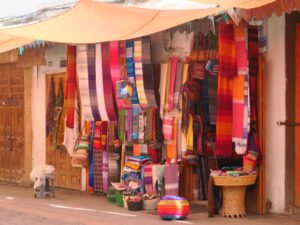 A 100% polyester shirt contains between 120 and 130 milligrams per kilo of microplastic. To produce 1 kilo of polyester we need 1.5 kilos of oil, while to produce a pair of jeans we need 8 thousand litres of water and 33,4 kilos of carbon.
A 100% polyester shirt contains between 120 and 130 milligrams per kilo of microplastic. To produce 1 kilo of polyester we need 1.5 kilos of oil, while to produce a pair of jeans we need 8 thousand litres of water and 33,4 kilos of carbon.
In 2018, the fashion industry produced about 4% of global greenhouse gas emissions. In the specific, the emissions of the fashion industry can be compared to those of France, UK and Germany put together. It is a system where little is reused and recycled. According to the United Nations Economic Commission for Europe, 85% of clothes end up in landfills. About 21 billion tons every year.
Sustainable fashion
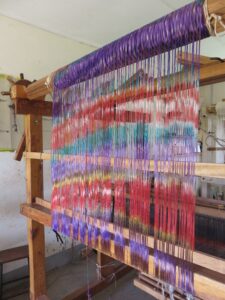 Sustainable fashion is a movement and process of fostering change to fashion products and the fashion system towards greater ecological integrity and social justice. The sustainable fashion movement believes that the fashion industry has a clear opportunity to act differently, pursuing profit and growth while also creating new value and deeper wealth for society and therefore for the world economy.
Sustainable fashion is a movement and process of fostering change to fashion products and the fashion system towards greater ecological integrity and social justice. The sustainable fashion movement believes that the fashion industry has a clear opportunity to act differently, pursuing profit and growth while also creating new value and deeper wealth for society and therefore for the world economy.
It comprises addressing the whole system of fashion, dealing with interdependent social, cultural, ecological, and financial systems. Sustainable fashion also deals with considering fashion from the perspective of many stakeholders – users and producers contemporary and future dwellers on earth.
The goal of sustainable fashion is to create ecosystems and communities through its activity. This may include increasing the value of local products; prolonging the lifecycle of materials; reducing the amount of waste and reducing the environmental damage created as a result of production and consumption.
Beyond fashion: zero waste accessories
Not only the fashion industry uses lots of resources of this planet, as well many disposable products we buy in supermarkets.
Does it make sense to have so many products over-packaged in plastic that will last hundreds of years?
The zero-waste movement aims to make people more aware of the waste they produce in their everyday life.
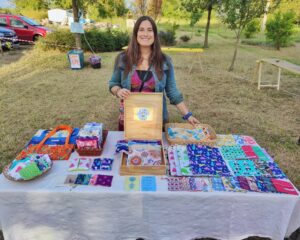 Lorenza Mazzoni, an Italian woman who lived for ten years abroad, strongly believes that it is possible to change some (bad) habits we have and turn them into sustainable habits. She is working on a new project: she wants to create her own brand of zero waste products called “Tiny dot CreAzioni zero waste”. All the accessories are sewn handmade by her and include make-up remover pads, snack bags, sanitary towels, cotton bags for buying in bulk, bowl covers, shopper bags.
Lorenza Mazzoni, an Italian woman who lived for ten years abroad, strongly believes that it is possible to change some (bad) habits we have and turn them into sustainable habits. She is working on a new project: she wants to create her own brand of zero waste products called “Tiny dot CreAzioni zero waste”. All the accessories are sewn handmade by her and include make-up remover pads, snack bags, sanitary towels, cotton bags for buying in bulk, bowl covers, shopper bags.
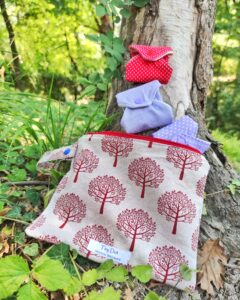 All her products are made of organic or oeko-tex cotton or linen, they are washable, reusable and when you start using them you will acquire some (good) more sustainable habits.
All her products are made of organic or oeko-tex cotton or linen, they are washable, reusable and when you start using them you will acquire some (good) more sustainable habits.
We should all start buying products like the ones Lorenza makes.
Solutions and innovation
How the fashion industry can move to a circular business model? Through the formation and informed choice. Analyze the consumer and understand which the best way is to communicate fashion sustainability.
Technological innovation is opening the way to a more ecologic future to reduce environmental impact. A key example is the benefit of product-level initiatives, such as replacing one fibre type for a less environmentally harmful option. Canvas, in fact, needs less water than cotton, both in processing and cultivation.
The revolution begins in our wardrobes. Knowing to choose what is sustainable and what is not, is the first step to ensure a better future for us and our planet.

